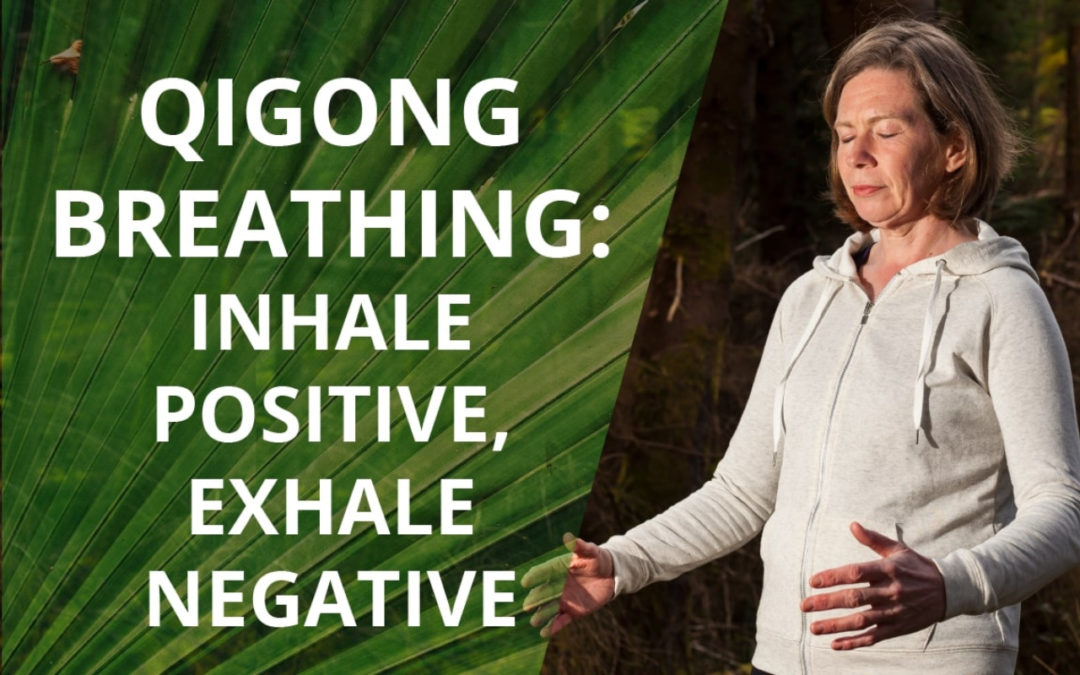
Qigong For Grief
I think all of us have at one time or another lost someone who is close to us and suffered the consequent grief associated with that loss. Grief can leave us unable to function on a day to day basis. We may feel exhausted, be unable to sleep and be so emotionally fragile that we feel unable to cope with even the smallest inconveniences or difficult situations. As with any emotion, from a Traditional Chinese Medicine (TCM) point of view, it is never healthy to bottle up grief (which leads to stagnation) but rather allow it to be felt and expressed in a healthy way without opening the floodgates so much that the person is left even more devastated. In the video on this page you’ll be learning helpful methods of Qigong for grief.
Janice Tucker is a practitioner of Traditional Chinese Medicine and Medical Qigong. She is also the founder of the Space To Relax online programme of Qigong video lessons.
Please head to YouTube to subscribe to my YouTube channel and clicking the red button so you won’t miss my regular videos which are full of useful health enhancing tips. These videos will help you to enhance your health and prevent illness from arising in the first place. Also please give this video a “Like” if you found it informative.
What Impact Does Grief Have Upon Us?
In serious cases the effects of grief may lead to suicidal thoughts, nicotine, drug and alcohol use, depression and an inability to complete simple daily tasks.
The emotional effects of grief include:
• Increased irritability
• Numbness
• Bitterness
• Detachment
• Preoccupation with loss
• Inability to show or experience joy
Grief can also affect our physical body and common symptoms include:
• Digestive problems
• Fatigue
• Headaches
• Chest pain
• Sore muscles
What is Grief in Terms Of TCM?
In TCM terms grief is the associate emotion of the Lung system. Therefore we need to nourish and strengthen the Lungs in order to help us process and let go of grief in a healthy way. Obviously there is no timetable for this as it depends on the individual and the degree of loss which they have suffered.
3 Methods of Qigong For Grief
Any Qigong methods which help us to get rid of or “Discharge” grief and nourish or “Tonify” (build up) the Lung system will be helpful.
The three methods below are a good starting point for you to let go of grief in a healthy way.
1. Lung sound of the Six Healing Sounds. This method is shown in the following clip and is method of discharging waste Qi (including the emotion of grief) from the Lungs using a specific sound.
2. Discharge Qi With Vibration Method. This is Lesson 3 in my free part video series. In the short clip here you can see that the movement is very simple. Be loose, allowing the knees, wrist joints and neck to be relaxed. As you do this think of “sifting” the emotion of grief up to the skin surface with the vibration of your body. As you breathe out release the grief from the skin surface, like raindrops moving away from the body. Continue with this for as long as it takes you to feel more comfortable.
3. Qigong Standing Meditation. Hold your hands in front of your chest, palms facing each other, like you are holding a ball. Feel the energy between your hands. This is a ball of Qi. You may want to visualise it as a white light penetrating into the lungs and energising them.
You can use one of these methods of Qigong for grief either alone or practice them in the order I’ve listed them, finishing with the meditation. It is always better to discharge or let go of what you no longer want in your body before you bring healing energy in with a method such as the Qigong standing meditation above.
Where Can I Learn More?
If you would like to learn even more benefits of Qigong for grief then:
1. Head over to my Space To Relax homepage. There you can sign up for a free 3 part video series of Qigong lessons. Once you’ve completed the free series you’ll have the opportunity to join my Space To Relax online membership programme of Qigong video lessons. This will allow you to take your practice to a whole new level where you will learn many exercises to eliminate health issues before they become a major problem. I’ll guide you step by step through many more effective methods of Qigong for grief, along with other emotions too.
2. Subscribe to my YouTube channel by clicking the red “Subscribe” button. That way you won’t miss my regular videos which are full of useful health enhancing tips. Also please give this video a “Like” and share with me in the comments box what you learned from this video.
3. Join my free Facebook group, “Space To Relax Free Qigong Group” and leave any comments or questions for me there. I’ll be happy to answer them. Also, by joining this group, you will receive regular posts of Qigong articles and videos with useful tips about how to use Qigong to improve your state of health.


